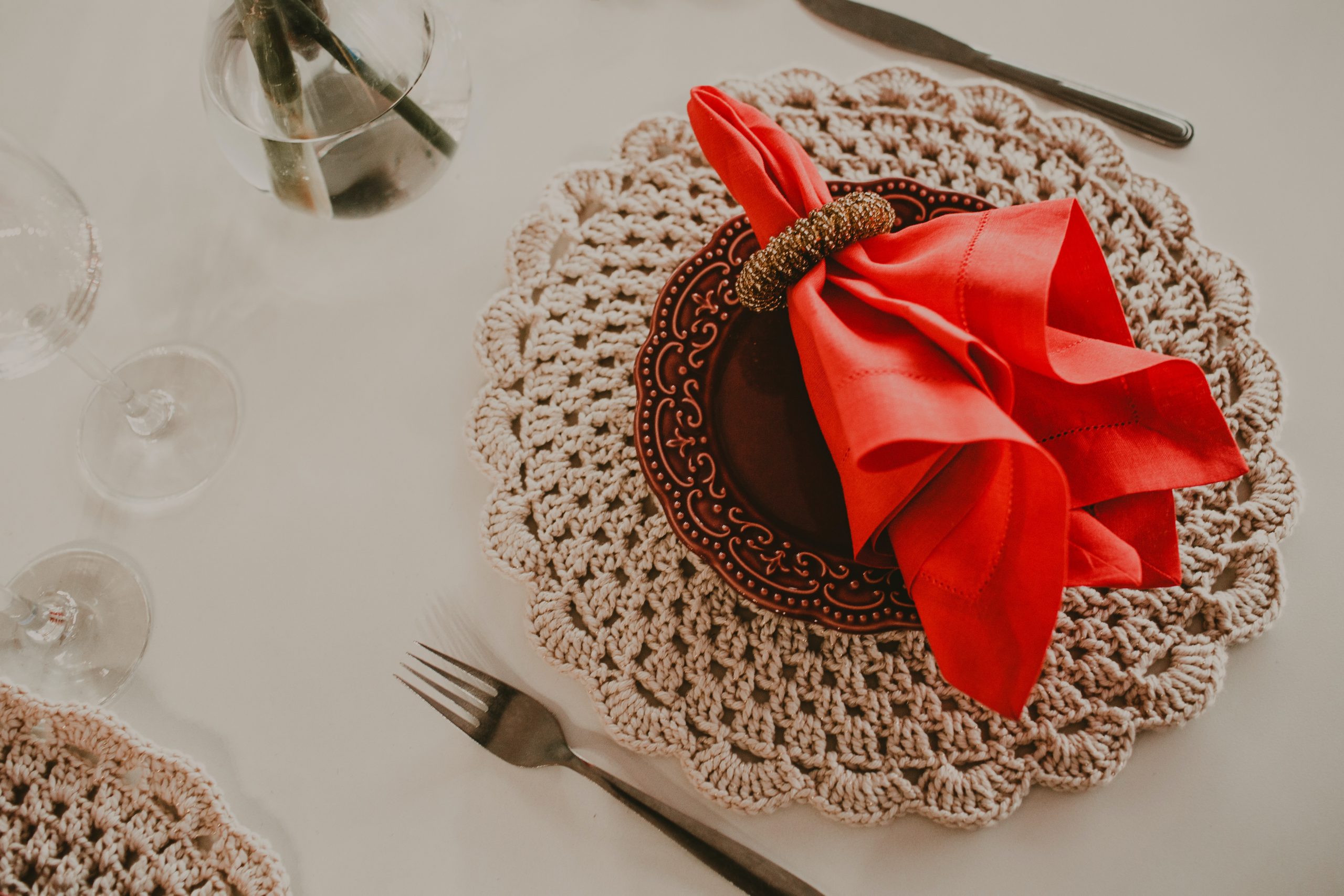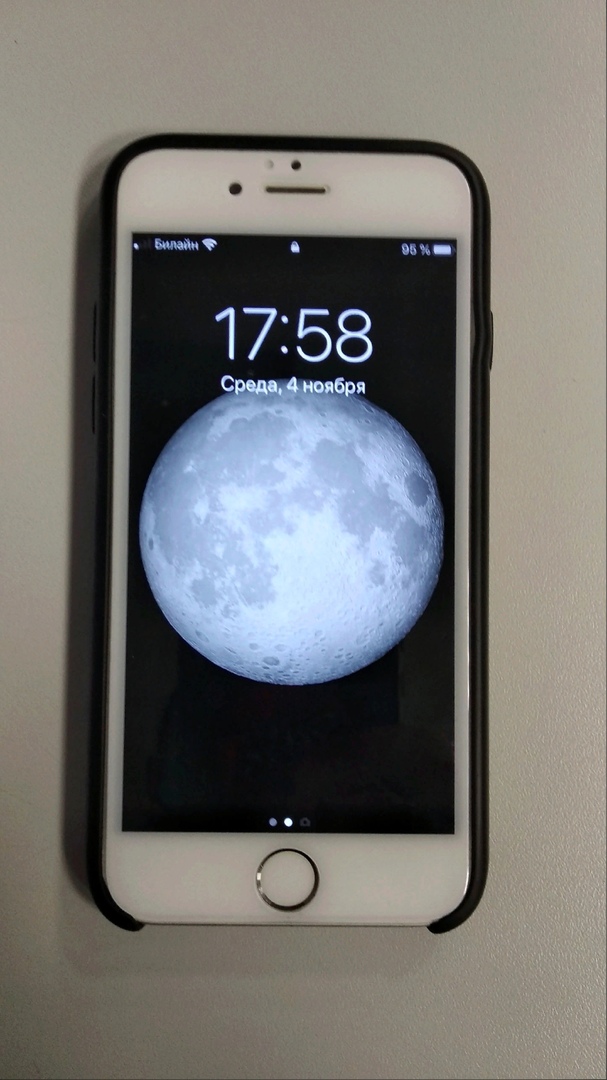Amazing facts about household items
Home, as they say, is where the heart is. For many people, it is the most intimate part of their lives—a place they know both inside and out, and attach deep and all-encompassing meaning to it. Sometimes it may seem like you know every inch of your home, but a deeper look will reveal many secrets that are sure to surprise you.
The content of the article
Cutlery
The knife was originally invented. It was made from various materials that ancient man could find: stone, wood and even shell. It was used not only as a cutlery, but also as a tool and weapon. Then there was a spoon, which, however, could also be made from a variety of raw materials.
When Salvador Dali went to bed, he took a spoon in his hands. He fell asleep, the spoon fell, he woke up and sketched what he dreamed.
As for the fork, before its appearance people ate food only with a knife, spoon, or even ate it with their hands. Initially, it had a slightly strange appearance and only had two cloves. This caused the church to immediately regard the fork as an instrument of the devil (in association with horns), and declared it something immoral, unhygienic and satanic. And in general, as the same church declared, it was an unnecessary luxury item.
Marina Mnishek brought the fork to Russia. She took it in her hand at the wedding table, causing general outrage.The word “fork” finally entered the Russian language only in the 18th century, and before that it was called “rohatina” and “viltsy”.
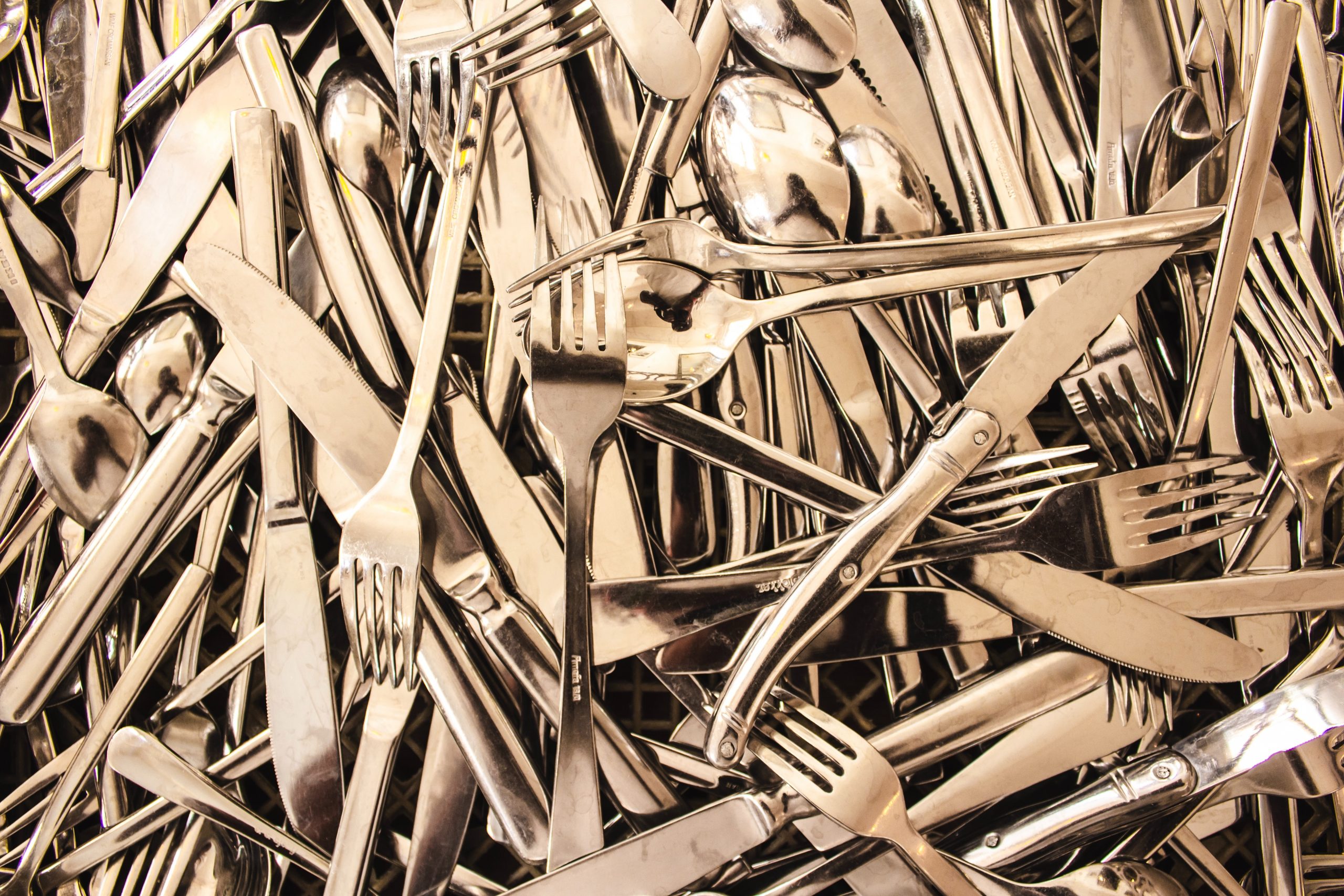
Fridge
Successes in its creation were the result of attempts to keep... beer cold. In particular, James Harrison, a Scottish journalist and inventor of the first refrigerator (invented in the 1850s using ether), used it to cool this particular malt drink, according to Tom Jackson, author of Hacking Biology.
In fact, refrigeration technology has played a decisive role in some important scientific discoveries over the past hundred years, and needless to say, such prominent people as Marco Polo, Albert Einstein, Carl von Linde and others were involved in its creation.
By the way, there are a couple more amazing facts about the refrigerator:
- the temperature in the chamber is not maintained evenly, some areas remain colder;
- The more products are on the shelves, the more you will pay for electricity.
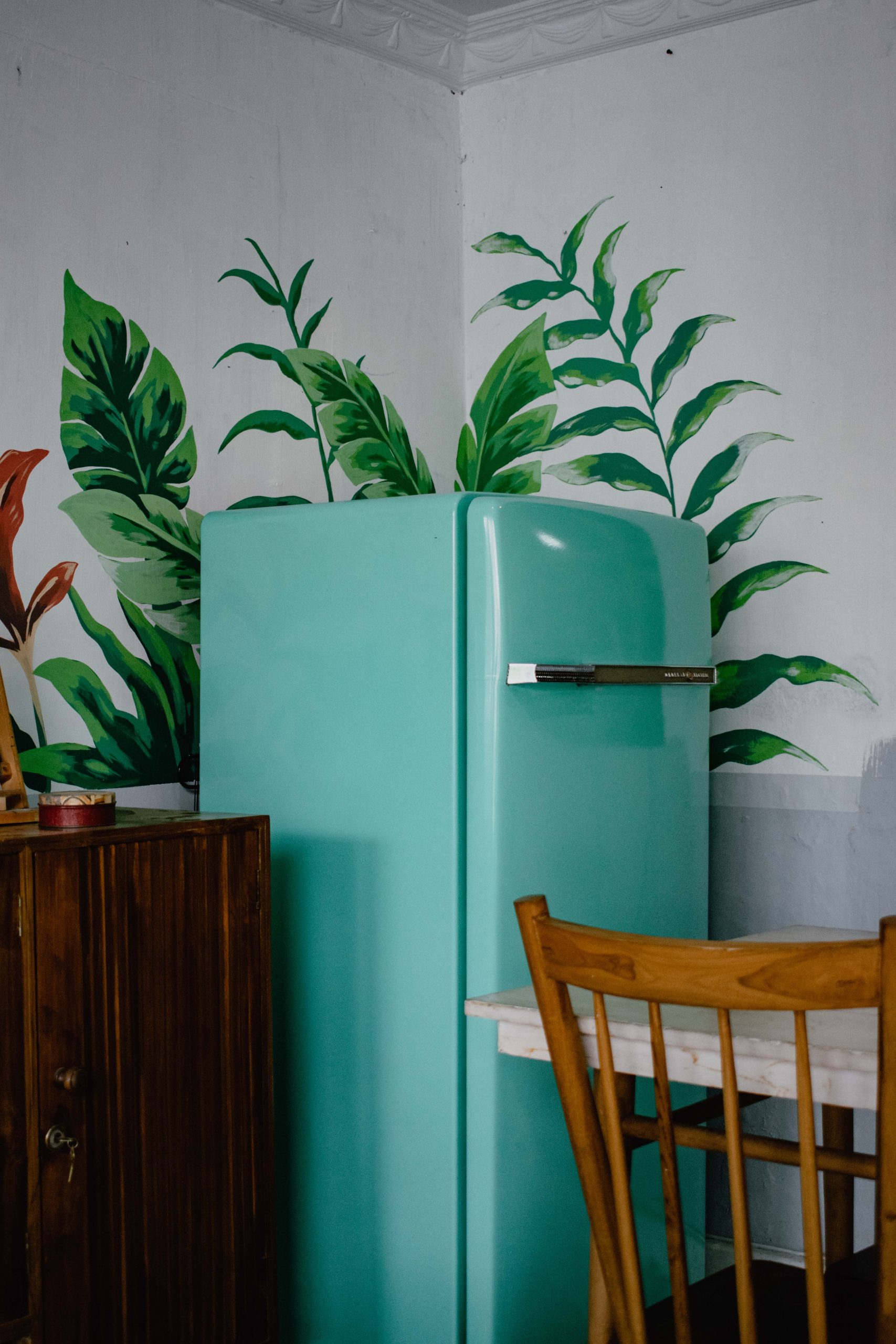
Door color
In some countries, the color of the entrance doors can tell a lot about the owners of the house. For example, among the Chinese it symbolizes "welcome" in the feng shui tradition, while in Scotland it historically meant that the people living there had paid off their mortgage.
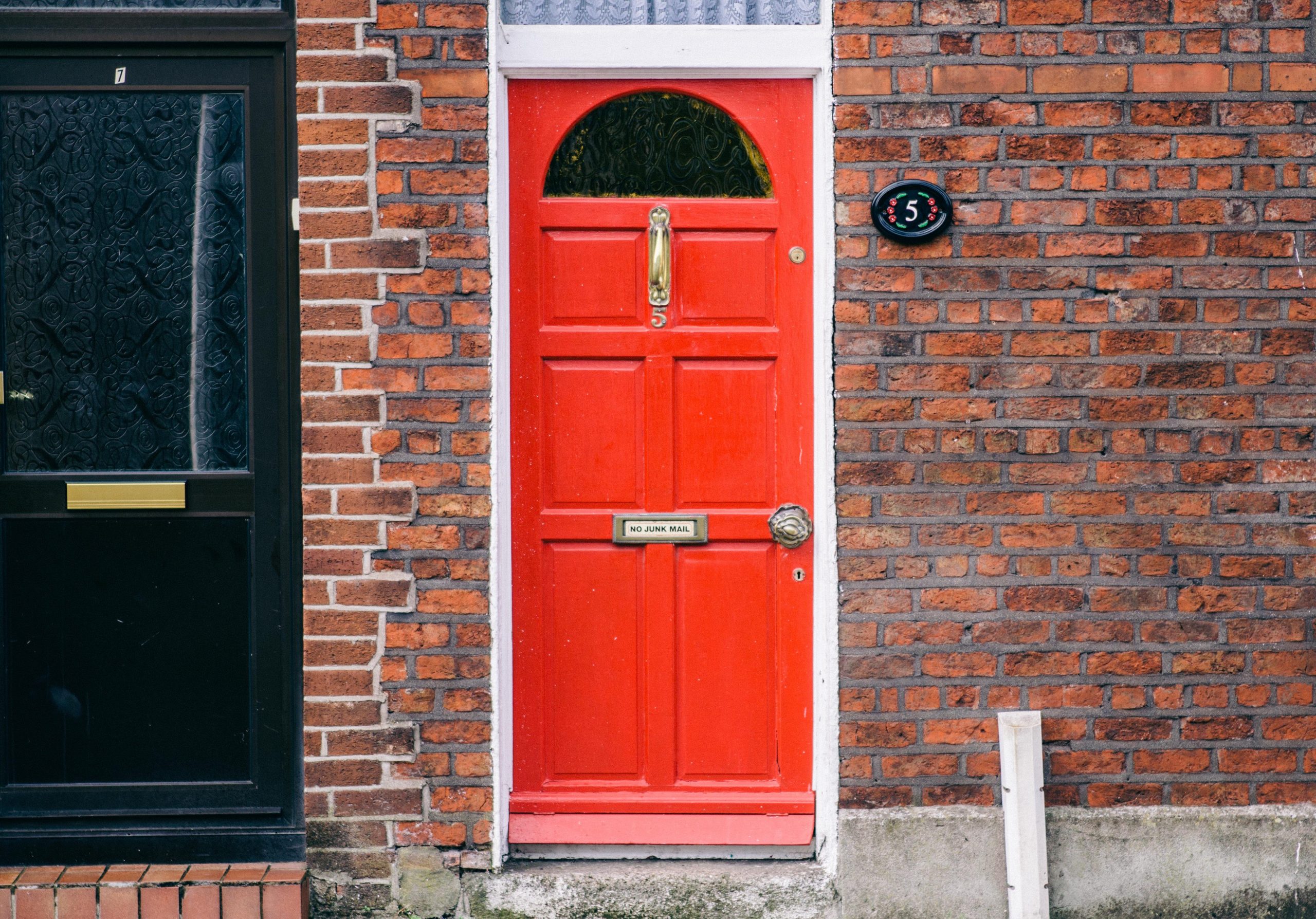
Parquet
It is believed that scuffs and wear on a parquet floor only darken over time, but depending on the type of wood, it can, on the contrary, become lighter. Woods such as oak, maple and ash take on a slightly yellowish tint when exposed to the sun's ultraviolet rays, but cherry or walnut become darker.
Another not-so-pleasant but surprising fact: before homeowners started using varnishes and polyurethane coatings to wax parquet floors, they used bedbugs.In particular, the secret of the varnish bug from India and Thailand, which, when dissolved in alcohol, forms liquid shellac - a popular floor finish throughout the Western world in the 19th and early 20th centuries. By the 1930s, it was replaced by nitrocellulose varnish, but before that, it was these nasty insects that kept the parquet flooring shiny.
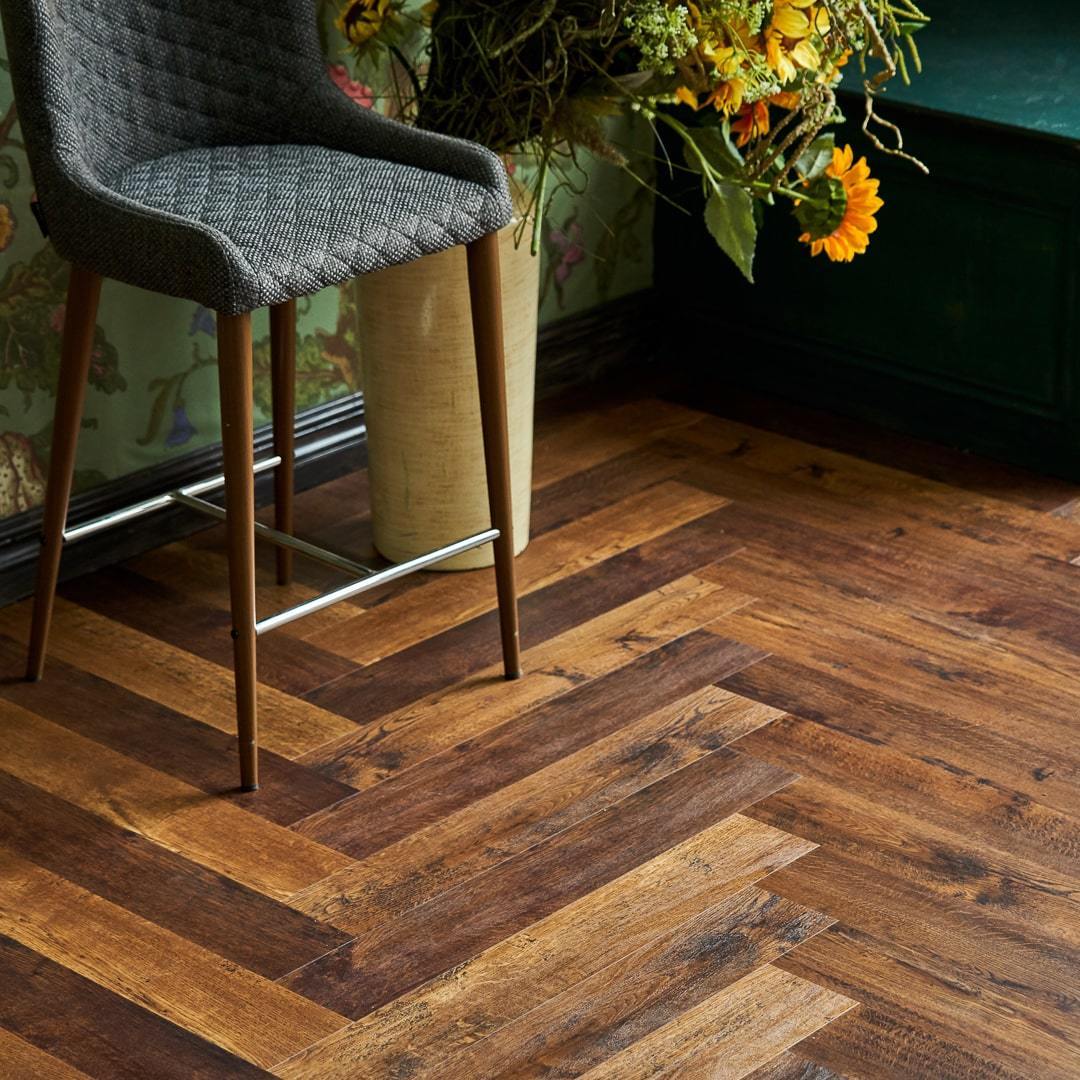
Office chair
Charles Darwin didn't just study evolution, he helped it evolve—at least when it comes to office furniture. The researcher is credited with being one of the first to add wheels to his chair, making the transition from observing specimens to writing easier. Darwin generally loved to improve life and make it more comfortable, as evidenced by this adaptation of the office chair. But it took several more decades for this idea to become widespread.

Pillow
Nowadays it’s difficult to imagine a home without pillows, but previously this was the exclusive privilege of only rich people. And in general there were a lot of rumors and legends around this product.
The pillow was considered a prerequisite for a thousand deaths. Malyuta Skuratov, the most famous tsar's guardsman, strangled with a pillow the disgraced Metropolitan of All Rus' Philip, who was an opponent of the policies of Tsar Ivan the Terrible. The following people were strangled with pillows: the son of Peter I - Prince Alexei, the All-Russian Emperor Paul I, Pope John X and the Ethiopian emperor - Haile Selassie.
In general, the pillow was originally invented not for comfort during sleep, but for preserving hairstyles.
The word itself comes from the combination of “under” and “ear”.
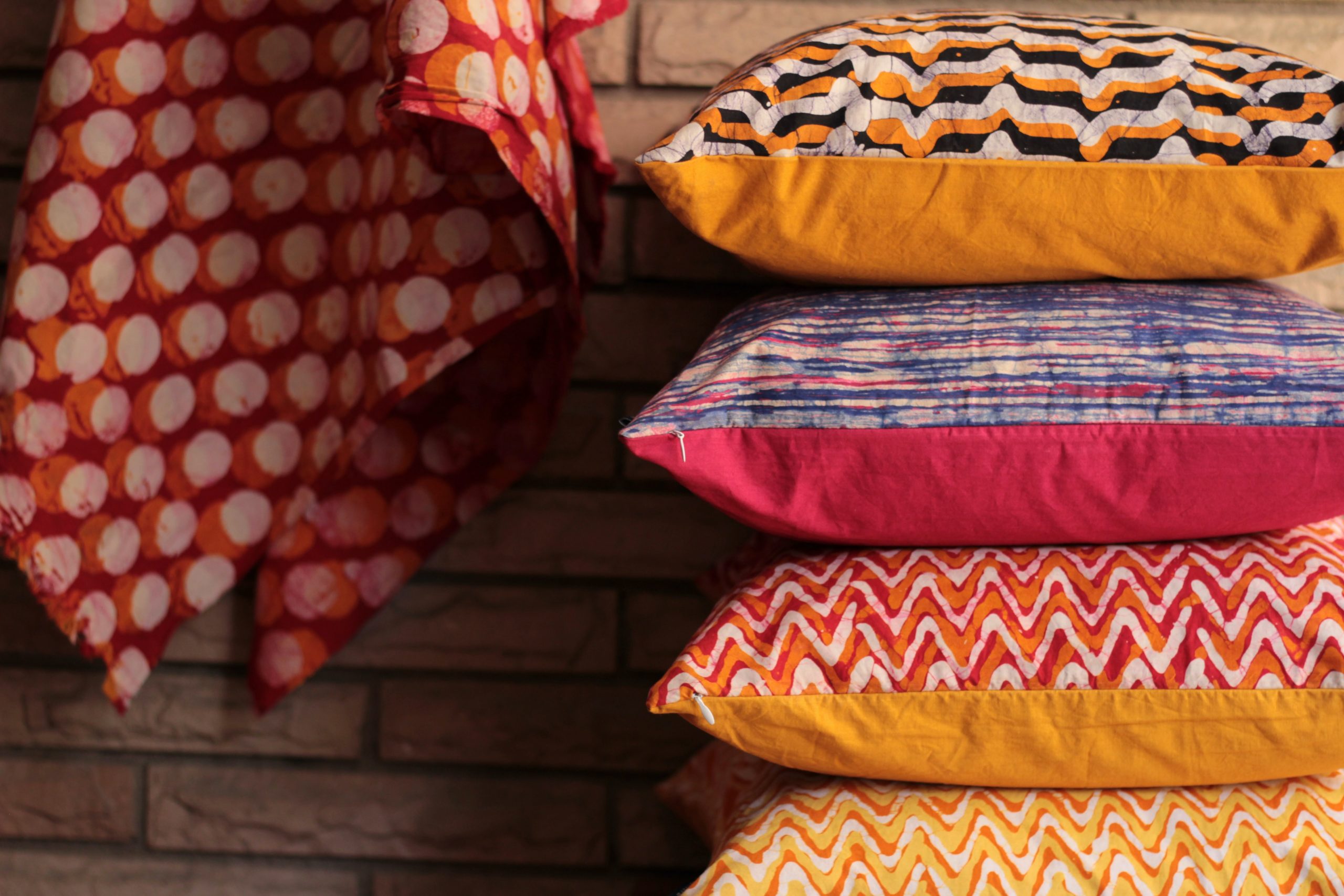
Comb
The history of the comb goes back more than 10,000 years. Before this item acquired its familiar form, it was made from bamboo, coral, horns, bones, turtle shells, hedgehog needles and pig bristles.
A comb is a product that has a special magical meaning. They use it to bewitch, cast spells, tell fortunes, drive away evil spirits and perform other similar rituals. Eastern peoples even believed that a comb could protect a person from various ailments, so they made special sets of combs that were passed down to generations.
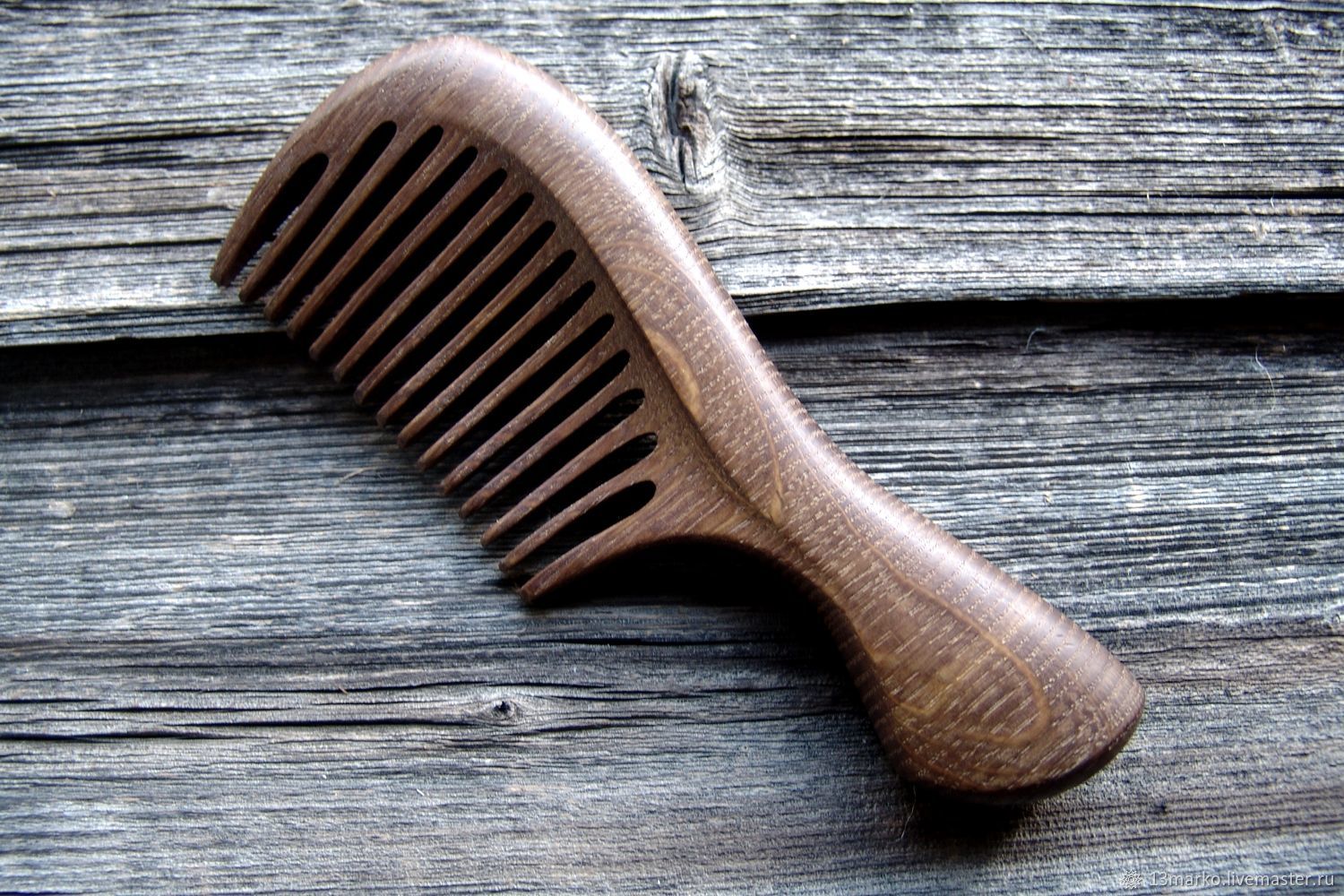
Table
The first (purely written) appeared at the end of the 17th century. They were designed terribly inconveniently: you were asked to write behind them... while standing. The problem was created by the location of the boxes, which were located above the surface. Only later were they designed on the side, so it became possible to work while sitting at the table.
In most Iranian houses you will not find any tables or chairs. For these needs they use large floor pillows and beds.

Napkins
Few people know that the very first napkin was a fig leaf. It was with the help of it that in Ancient Greece slaves wiped the mouths of their masters during and after meals.
Then, for many centuries, commoners used a thin piece of bread to wipe their lips.
Scott Paper can rightfully be considered the first company in the world to begin industrial production of napkins. This happened in 1931.
